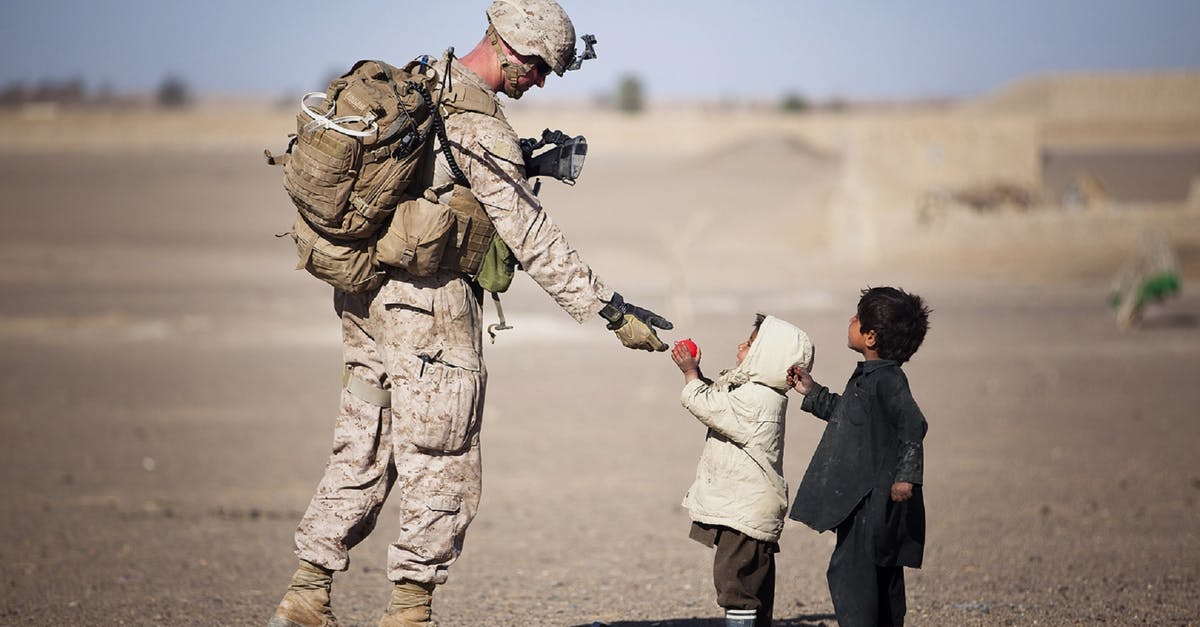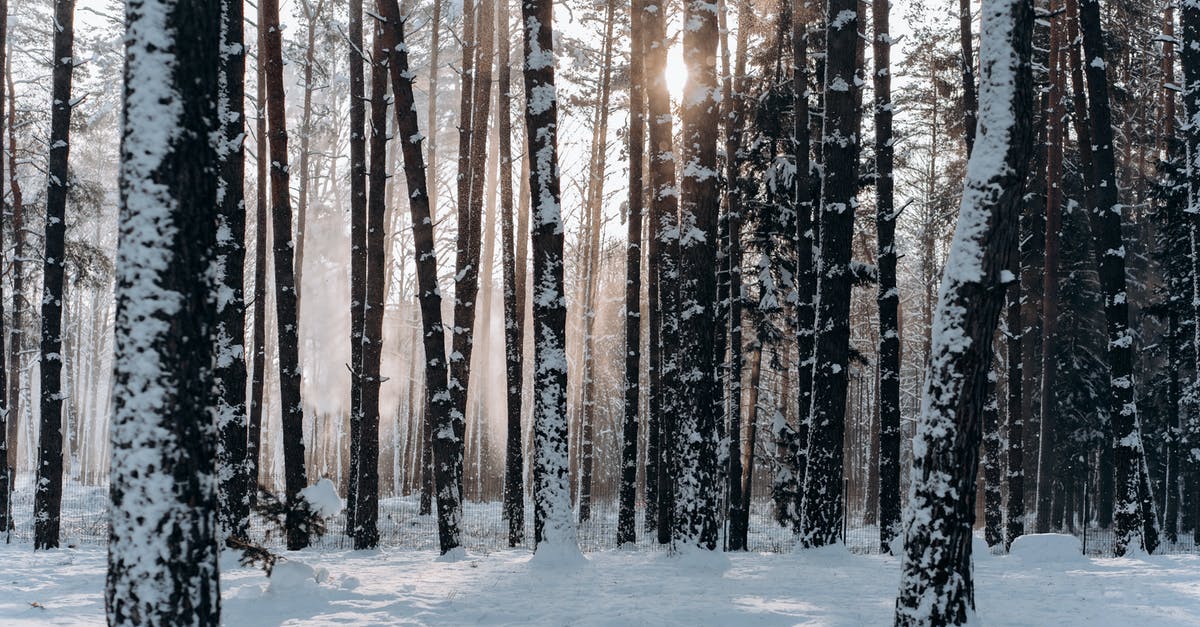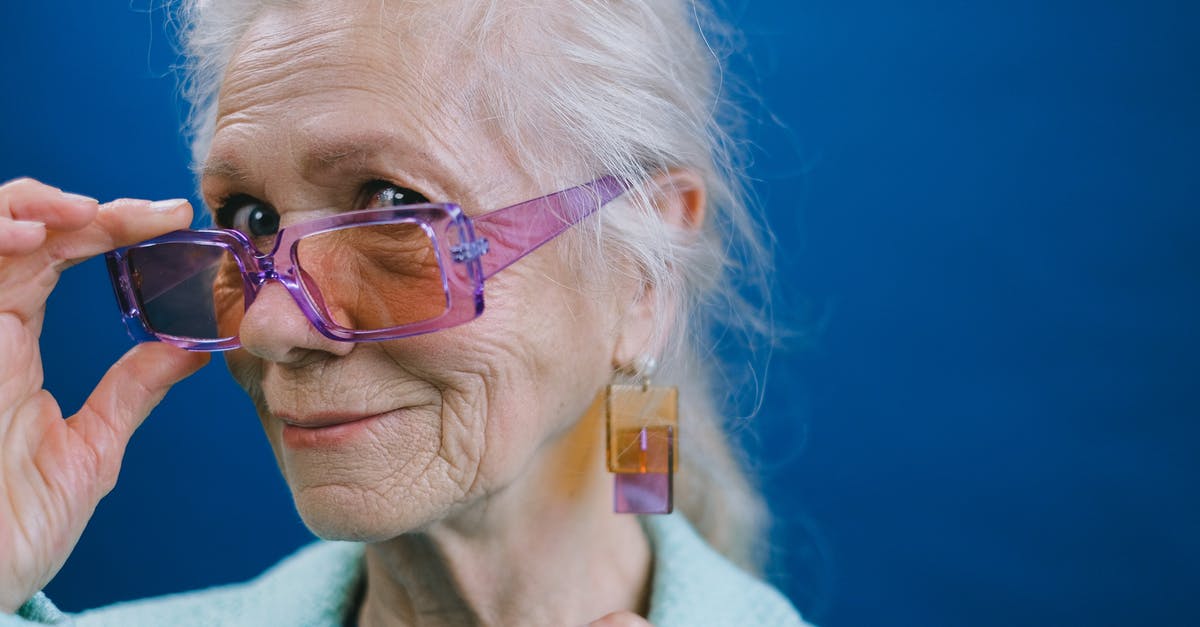What is the term for this kind of final scene?

For reference, my question comes after having viewed the latest episode of the HBO series Silicon Valley (Season 3, Episode 9 - "Daily Active Users"). The final camera shot was a single, stationary camera overlooking a room crowded with people and computers. There was no dialog, narration, or music. The only audio on the scene was the ambient noise of the room (computer keyboards and mouse clicks, a few people quietly coughing or clearing throats, a squeaky door someplace off camera, etc). The shot lasts for 30 seconds (maybe longer, even a couple of minutes) as the credits begin to display, and all the way through to the last credit. The camera never moves, tilts, pans, or zooms throughout the shot.
I have seen this technique before, also on other Mike Judge productions (namely various episodes of King of the Hill). My question - Is there name for this particular technique or a history behind it? Someone who is noted for having used it or developed it as a signature technique? If Mike Judge is paying homage to others he finds influential, I'd like to be able to explore that history on my own, but I need to know where to start.
Best Answer
I would say this qualifies as Leave The Camera Running
Sometimes a single shot goes on for a very, very long time. Though this is usually a bad thing when done to stretch the film and/or its budget, it can also be done deliberately for artistic reasons, such as showcasing particularly good-looking visuals, establishing more lifelike pacing, for the purposes of extending a joke, or increasing tension (because Nothing Is Scarier). It can also serve as a thematic device: For example, a director might illustrate the lonely and mundane life of a solo astronaut by showing him going about his daily routine, never speaking a word because there's nobody to talk to.
The link gives a few examples of other endings, but few are comedic:
Heat ends with a fifteen second shot of Lt. Hanna standing framed in the lights of Los Angeles International Airport holding Neil McCauley's hand as he dies.
The Graduate. How long are they sitting on that bus, slowly realizing they have no idea what they will do next, having burned all their bridges behind them? Nichols literally left the camera running without warning the actors.
Michael Clayton ends with an extended shot of the title character in the back of a cab, showing his facial expression as he wordlessly contemplates what he's just done.
Pictures about "What is the term for this kind of final scene?"



What is the final scene called?
A post-credits scene (commonly referred to as a stinger or credit cookie) or mid-credits scene is a short clip that appears after all or some of the closing credits have rolled and sometimes after a production logo of a film, TV series, or video game has run.What means last scene?
countable noun. A scene in a play, film, or book is part of it in which a series of events happen in the same place. [...] See full entry.What is a mise en scène in film?
Mise en sc\xe8ne, pronounced meez-ahn-sen, is a term used to describe the setting of a scene in a play or a film. It refers to everything placed on the stage or in front of the camera\u2014including people.What are parts of a scene called?
A good scene has a distinct beginning, middle, and end. The heart of the scene should contain action (which can simply mean active dialogue) and showcase the motives of the characters.The final scene from King of the Hill
Sources: Stack Exchange - This article follows the attribution requirements of Stack Exchange and is licensed under CC BY-SA 3.0.
Images: Pixabay, Mikhail Nilov, Andrea Piacquadio, SHVETS production
